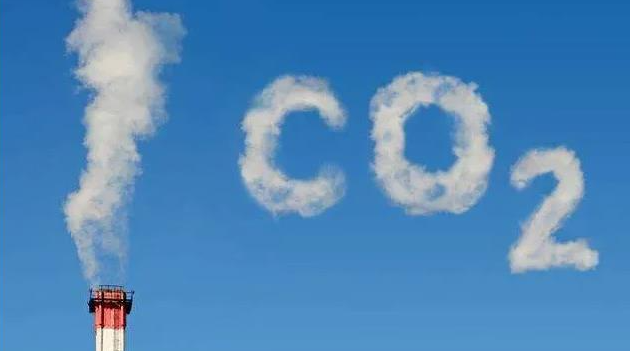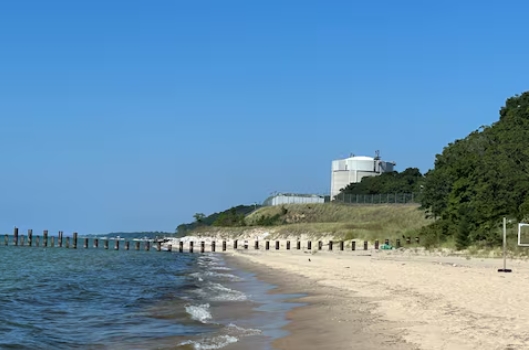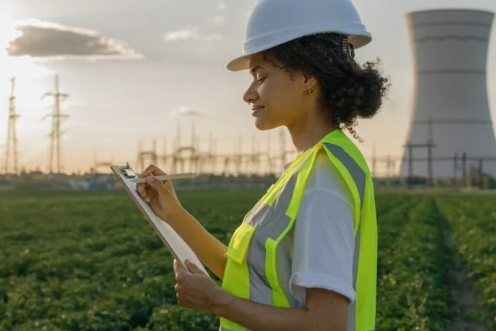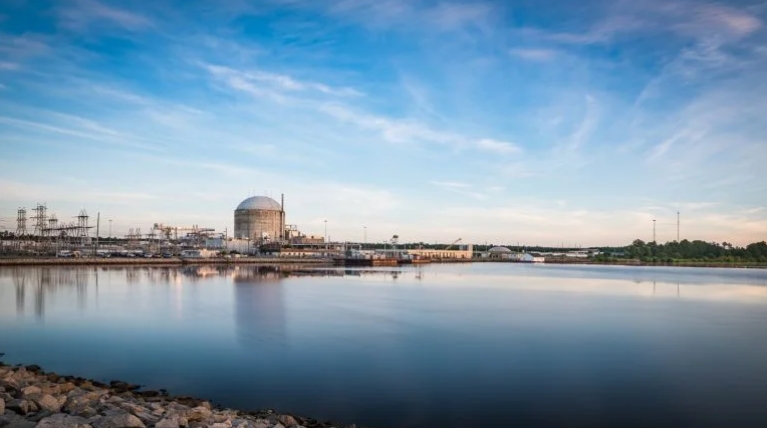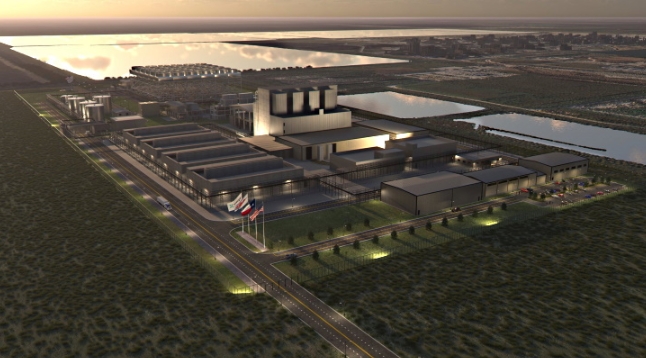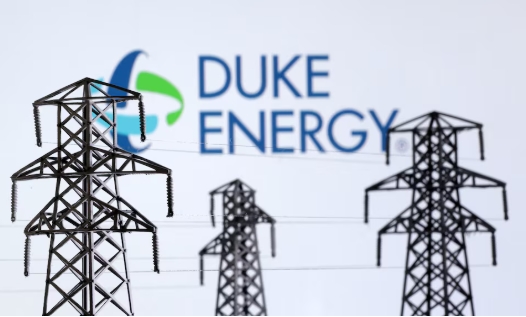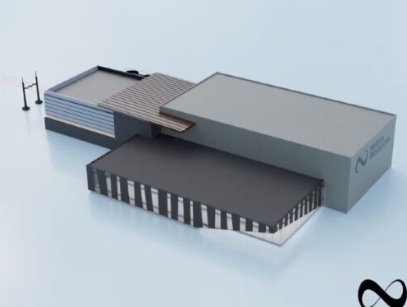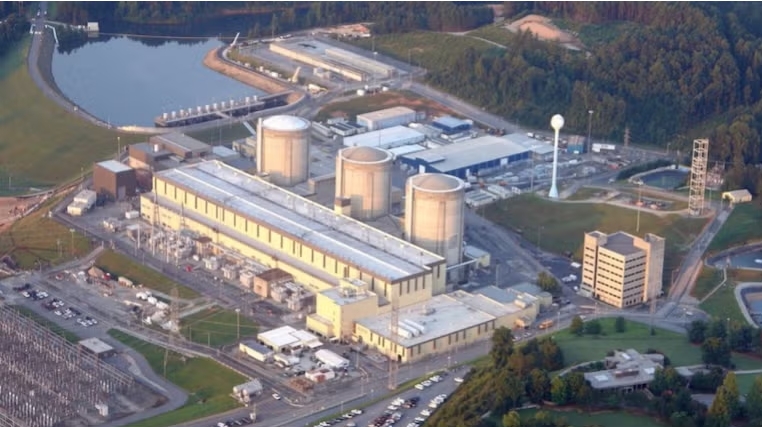The Hydrogen Economy and Technology Roadmap will include ways in which the country can attract investment toward its production, Nik Nazmi said Monday at the Energy Transition Conference in Kuala Lumpur.
“The federal government, in collaboration with state governments and utilities like Tenaga Nasional Bhd., is excited to explore the prospect of harnessing a new energy carrier and the knock-on economic effects it would bring,” he said.
The Hydrogen Economy roadmap would generate up to 12.1 billion ringgit ($2.6 billion) in revenue, with an estimated contribution of between 49 billion to 61 billion ringgit to gross domestic product by 2030, Prime Minister Anwar Ibrahim said in June, according to a Bernama report.
The move is in line with Anwar’s push for renewable energy via the National Energy Transition Roadmap, the first part of which was unveiled last month. Anwar is set to launch part two of the plan Tuesday, according to Nik Nazmi.
Malaysia recently lifted an export ban on renewable energy, as it aims to position itself as a regional leader in the space. The government in May raised its target for renewable energy to account for 70% of the total generation capacity by 2050, from 40%, a move that would require 637 billion ringgit in investments.
The country’s biggest state Sarawak has stated its ambition to become the region’s hydrogen hub and is building a hydrogen-powered public transit system at its capital Kuching.
When produced from renewable energy sources, green hydrogen is a carbon-free gas that can be burnt or used in fuel cells for power generation or transportation. The first wave of plants developing the gas are still in planning stages amid a jump in interest from governments seeking to curb pollution.
While potential users — heavy industries and utility companies — are pinning their hopes on hydrogen as an enabler for emissions reduction, the point at which the technology could underpin the global energy system is still far away.
Separately, Nik Nazmi said Monday that Malaysia is on track to achieving a target of 10,000 public charging stations for electronic vehicles by 2025. The country is targeting 1.5 million EVs by 2040, he added.
Malaysia is also preparing to table the Energy Efficiency & Conservation Act. (EECA) in the upcoming Parliamentary sitting, he said.
“The EECA bill has been in the works for many years, and we hope that it will catalyze commercial competitiveness while encouraging environmental stewardship for residential and industrial consumers alike,” he said.
